Have you ever counted how many cosmetic products you use in a day? I found that I may use up to 10 cosmetic products on just my face to wash, brush my teeth, moisturise, and apply some makeup – before I’m even fully awake.
Clearly, as a society we have normalised – even prioritised, for the perceived health benefits – the use of these products on a daily basis. But what are they made of, and how are we going to use cosmetics products in the future? The answer lies in the fact that the cosmetics industry is currently both a major economic driver and source of scientific innovation in the EU. As time goes on, it will continue developing increasingly sophisticated scientific and technological innovations to respond to consumer preferences and trends.
The cosmetics industry is a major economic and scientific driver in the EU.
Advertising is constantly depicting the newest technology claiming to reverse skin aging, remove dental stains, or strengthen damaged hair – often using the names of complex patented chemical compounds, or magnified illustrations of the product molecules working their magic. Based on this, it may not be surprising to hear that the cosmetics industry, comprised of skin care, oral care, and beauty products, is founded on the principles of science and innovation.
What is eye-opening, however, is the scale of research and development spend both in Europe and globally in this industry. By 2022, the cosmetics market is expected to spend upwards of €348.2 billion globally. The European cosmetics market, which is the largest in the world, was valued at €77 billion in 2015. Of this, the EU sees yearly research and development expenditure amounting to more €1.27 billion.
Over the course of that year, a large company may introduce 80 new ingredients to their product portfolio, and reformulate up to half of their existing products. In fact, the EU is home to more than 33 dedicated scientific innovation facilities undertaking cosmetics R&D, and employs more than 26,000 scientists with backgrounds ranging from toxicology to physics.
We can comfortably be assured, then, that the EU facilitates an enormous amount of scientific research and innovation in the beauty and care products we use every day, and is unlikely to cease doing so anytime soon. This begs the question: what is all the science for?

The Dutch office of cosmetic giant, L’Oréal. L’Oréal invested €850m in Research & Innovation in 2016, and employs over 3,800 across 30 different scientific disciplines.
The science never ends: changing industry priorities require constant innovation.
Let’s go back to my morning chemical cocktail. Each of those products – soap, toothpaste, lotion, foundation, fragrance – are comprised of dozens, even hundreds, of ingredients and compounds. A single one may have taken years of development to source, distil, combine, disperse, and test.
This is due to the variety of products created by cosmetics companies, which include oral care, sun and skin care and hair styling products, deodorants, makeup, and fragrances. Making up these products are emollients, solvents, pigment dispersions, chemical exfoliants, anti-aging actives, isolated and synthesised fragrances, and preservatives.
The sheer scale and variety of products and compounds created by the cosmetics industry demonstrates the seemingly boundless avenues to invest in scientific research and development. Beyond the development of new products and compounds, however, R&D is required to create or reformulate cosmetics in order to:
- Comply with changing regulations, such ingredient restrictions due to scarcity or toxicity.
- Integrate changes in consumer preference and expectations, notably for material sourcing, processing, and testing. Current key trends involve: the use of “natural” or minimally-processed ingredients; identifying suitable alternatives for animal testing; or using “probiotic” bacteria in cosmetic products.
- Determine product safety, shelf-life stability, and toxicity, which requires extensive and varied testing.
- Accommodate changing climatic conditions, including increased pollution and sun exposure. This affects all areas of a product lifecycle and use, including sourcing, maintaining product stability in a range of environments, and providing protective benefits in use.
- Develop processes and manufacturing methods to scale up sourcing and manufacturing; increase cost efficiency; create synthetic compounds instead of sourcing from raw materials; or create sustainable practices due to increasing consumer demand and commercial incentives. Environmental benefits of these changes can include reduced water and energy consumption, waste reduction, and protected biodiversity.
- Create knowledge regarding chemical effects, structure, interaction, or sensory analysis (The role of human senses in perceiving taste, smell, texture, or visual appearance in designing an engaging and appealing product). This can be analysed in isolation, with other compounds, or in relation to human bodies.
Not just white lab coats and beakers: emerging technologies are being developed specifically for the cosmetics industry.
Looking past the scientific analysis and development for a moment, it is worth noting that the various arms of the cosmetics industry are also busy dreaming, developing, and implementing technological innovations. These technologies are leveraging existing capabilities in retail and consumer contexts, such as the use of Bluetooth-enabled marketing and the collection and interpretation of data. What is interesting, though, is that companies are also creating entirely new spaces for consumers to interact with products. For example, some innovative technologies are investigating:
Personalisation
- Organisations are beginning to recognise the novelty, value, and demand for cosmetic and cosmeceutical products customised to an individual consumer’s needs and tastes. Artificial Intelligence (AI) enables consumers to factor their skin or hair type, environment, age, gender, ethnicity, and personal preferences into creating custom-formulated products.
- In the future, we will see this market grow as wearable sensors allow lifestyle data to be gathered and used. This information most useful to track includes sleep, stress levels, activity, pollution, and sun exposure. With such a high degree of personalisation, it certainly goes a few steps beyond the standard options provided in off-the-shelf cosmetic products.
Visualisation and application
- Although consumers are increasingly likely to shop online, there is still little substitute for testing a product in store for texture, colour or fragrance, physical reaction, or personal taste. Enter: “virtual mirrors”, app-based technologies using face-mapping to “try on” makeup and hairstyling products for colour, fit, and finish. Although this technology is in its early days, we could soon even find it integrated into mirrors.
- Other uses of digital and electronic technology in development include leveraging the capabilities of 3D printing to instantly blend a product into any existing colour, or even “printing” a makeup look onto a user’s face.
Consumer values and regulation
- An increasingly important factor in consumer preference involves ethical product development and manufacturing in the cosmetics industry. Consumers increasingly demand humane testing and environmentally sustainable manufacturing processes, and trending consumer behaviour shows an increased preference for “natural” or minimally-processed ingredients. In addition, governmental regulations are continually re-evaluating restrictions regarding the use of certain endangered plants or toxic substances. Together, these factors have resulted in companies researching alternative formulation and development processes.
- A few examples of technologies that are being developed and leveraged to test cosmetic products are: the use of 3D-printed skin equivalents; computerised drug trials using patient-drug databases; genetic testing methods; and in-vitro trials based on human cell and tissue cultures.
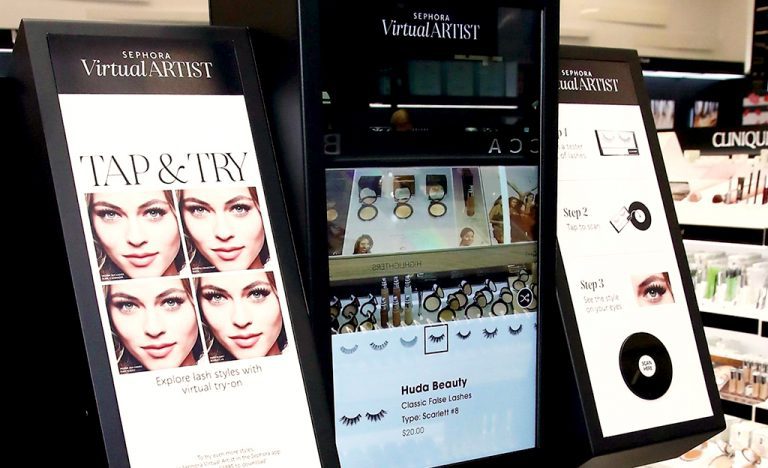
Companies such as Modiface have developed in-store augmented reality mirror software allowing users to ‘try-on’ make-up virtually.
The future of cosmetics
The cosmetics industry has been creating scientific discoveries and innovations for decades. From developing new technologies claiming to have cosmeceutical benefits to reformulating products in response to consumer demands, it’s clear that the industry never sleeps and has no reason to start now. As time marches on, much of the innovations in bringing new visions for cosmetics products to life will remain inside the lab. However, as we have seen, some branches are beginning to expand outside of that lab in order to increase the way we interact with and value these products – and the companies that make them.
In contrast to areas of global development in which technology is perceived to remove the need for human involvement, the cosmetics industry is still very much considered an art. Being a human-driven enterprise, the diverse uses and evolving development of cosmetics products will continue to require human engagement, expertise, and trend-identification. Aided by ever-evolving technological innovation and human ingenuity, however, companies are staying abreast of changes in public perception and regulation, contributing significantly to European economic welfare, and advancing scientific knowledge and technological capability worldwide. Who knew a little lipstick went such a long way?






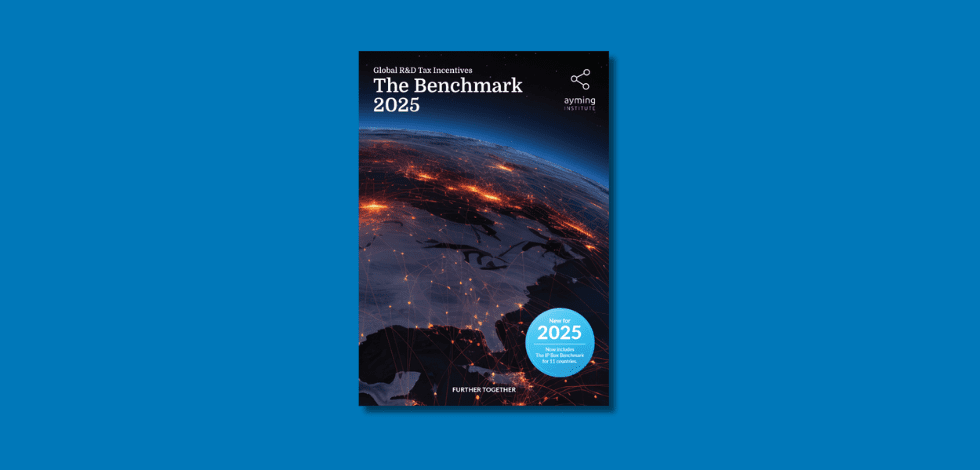
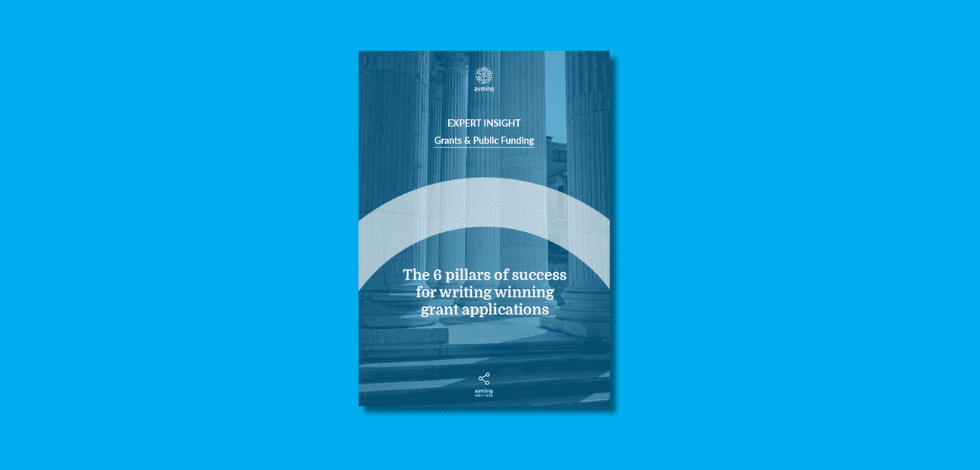
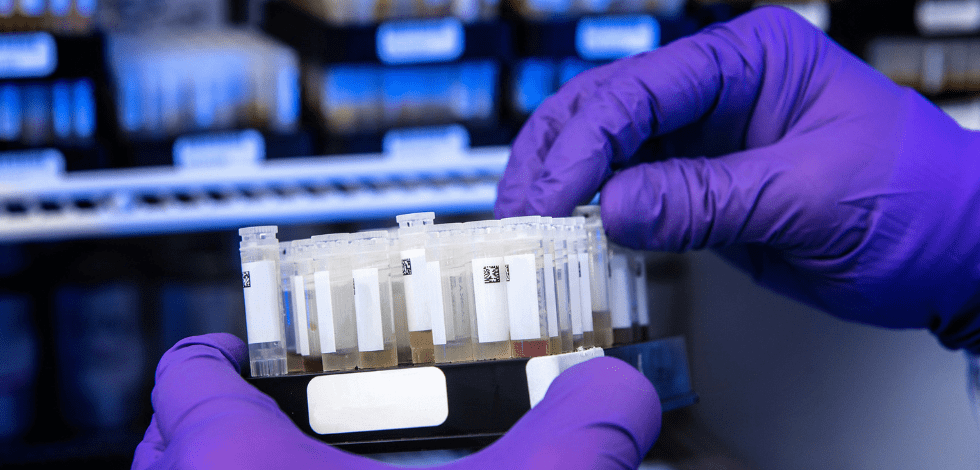
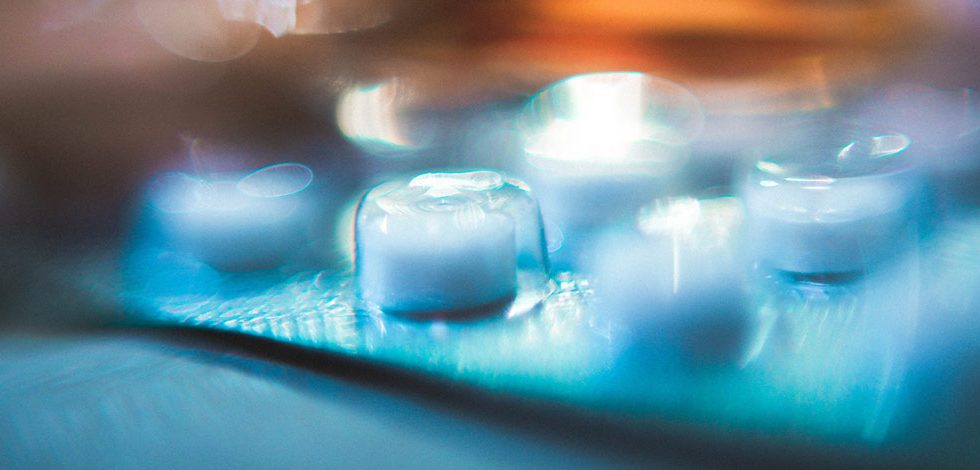
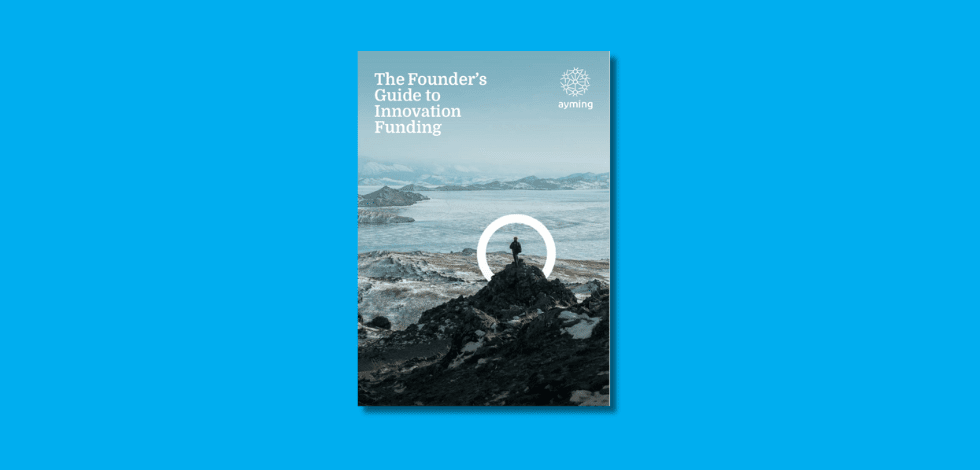

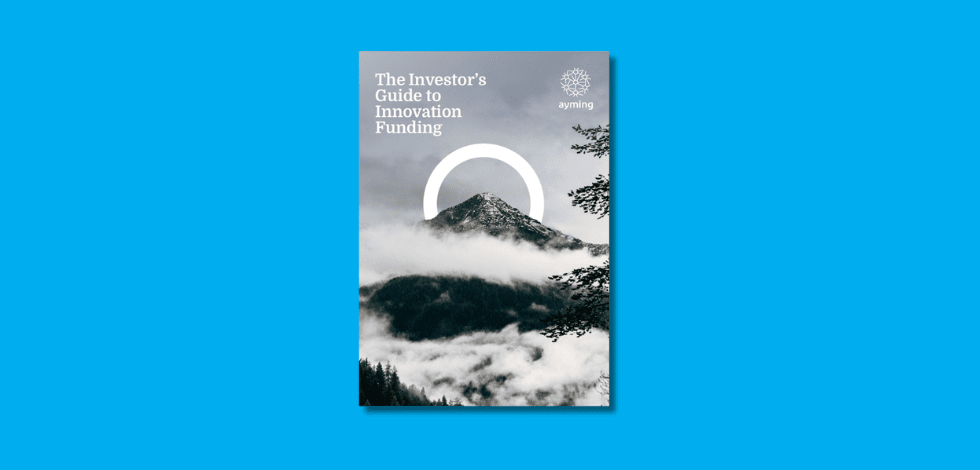
No Comments